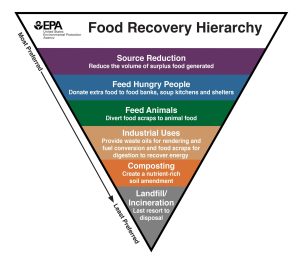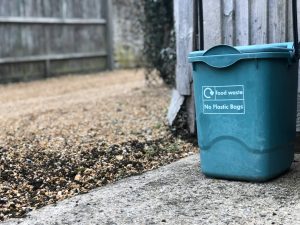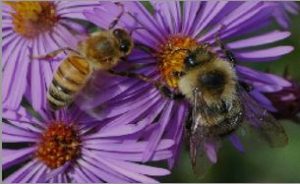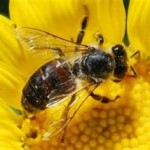
Food Waste & Composting
Approximately ⅓ – or 1.3 billion tons – of food is wasted annually, posing a critical humanitarian and environmental issue (2021 UNEP Food Waste Index). Composting is one of five actions outlined in the Food Recovery Hierarchy that should be taken to prevent and divert food waste from landfills. Source Reduction The first step toward […]









